Making cultures come alive isn’t about big lessons, it’s about the little ways we help children feel connected to the world. Through music, stories, food, and friendship, culture becomes something they can see, hear, and hold. Let’s find out together with 4Life Education how to bring the world closer to your child’s heart.
Why it matters to make cultures come alive
We live in an increasingly interconnected world. Our communities are made up of people from diverse cultural and ethnic backgrounds. For children to thrive in this world, they must grow up with a sense of curiosity, openness, and appreciation for others.
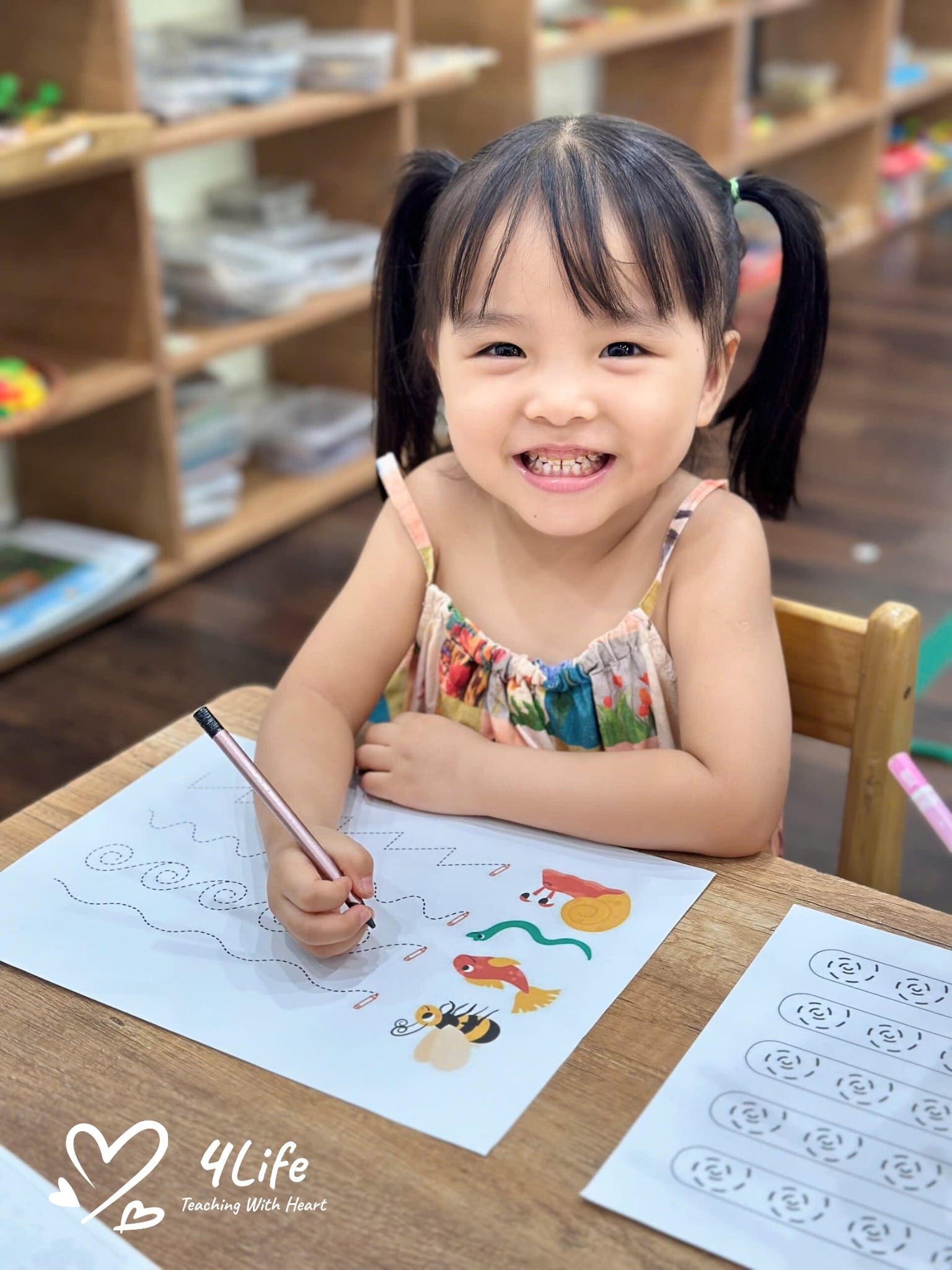
Making Cultures Come Alive in a Child’s World
Making cultures come alive means moving beyond facts and maps, it’s about showing children that behind every tradition is a real person with a story to tell. When children connect emotionally with people from other cultures, they learn not just to tolerate, but to value diversity.
Teaching children we are one global family
Children are not born with prejudice. They learn it from the environment around them. As parents and educators, our role is to model positive, warm interactions with people of all backgrounds. We can plant the seeds of acceptance early by:
– Introducing children to people from different cultures
– Speaking respectfully and kindly about all people
– Encouraging curiosity and exploration of global traditions
– Celebrating diversity at home and school
When children hear stories, share meals, and dance to music from faraway lands, they begin to see themselves as part of something larger a global family.
Exploring the world through cultural studies
In Montessori classrooms, cultural studies are at the heart of global education. Rather than presenting disconnected facts, we create multisensory, hands-on experiences that help children see the beauty of each culture. You can take a similar approach at home.

Exploring the world through cultural studies
Choose one country or culture to focus on at a time. Build a theme that includes:
– Geography and climate
– Animals and plants native to the region
– Traditional clothing, homes, and daily life
– Art, crafts, music, and dance
– Stories, myths, and celebrations
– Local food and cooking traditions
This immersive style brings a distant land to life and invites children to engage their senses, minds, and hearts.
Start small and simple
Begin with one culture. Choose a country that has meaning to your family, your community, or that your child is naturally curious about. You might begin with:
– A colorful picture book or children’s film set in the country
– A traditional story or legend
– A song or folk dance
– A familiar food from that culture
The goal is not to teach everything, but to create a sense of connection and wonder.
Here are some simple ways to start:
– Admit you’re learning too. Say, “I don’t know everything about Japan, but let’s explore together.”
– Make it playful. Pretend you’re going on a trip and need to learn how to greet people or eat local food.
– Speak with care. Children quickly sense your tone, model respect and admiration for the culture.
– Keep it accurate. Choose authentic stories, songs, and visuals whenever possible.
Hands-on activities to make cultures come alive
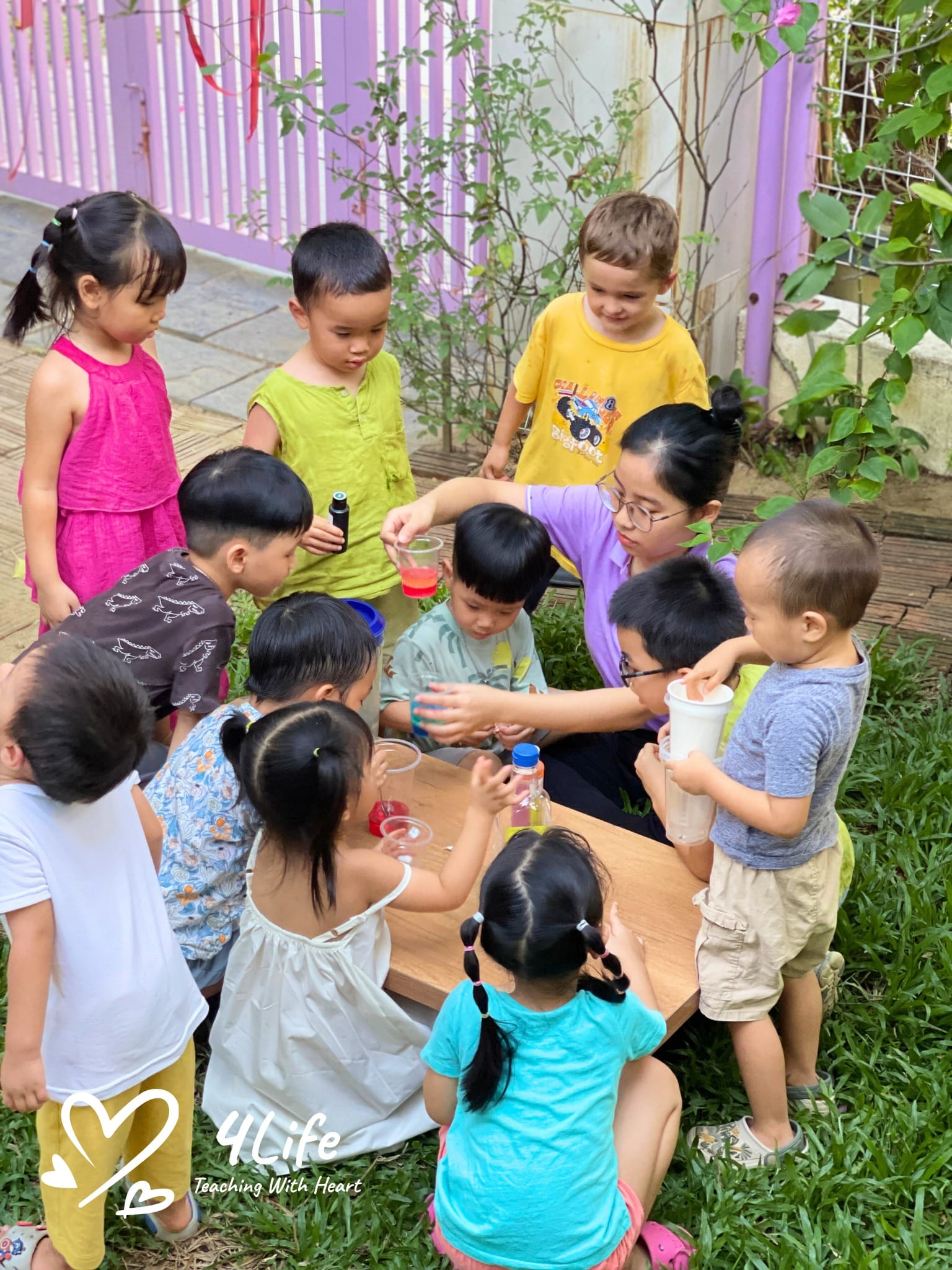
Hands-on activities to make cultures come alive
Hands-on learning leaves the deepest impression. Try incorporating these activities into your cultural exploration:
Try on traditional dress
Children love dressing up. Offer scarves, hats, vests, or simple costume pieces that reflect traditional clothing. Explain what the clothing is used for and when people wear it.
Cook and taste new foods
Food is a powerful entry point into culture. Find a simple recipe your child can help prepare. Children are more likely to try new flavors when they’ve helped chop, stir, or serve. Make it a celebration with music from the country playing in the background.
Listen to music and dance
Play authentic music and let your child move freely to the rhythm. If there’s a folk dance associated with the culture, learn it together. Even a few steps can make your child feel connected to the people who dance that way.
Learn basic greetings
Start with a few simple words in the country’s language: hello, thank you, goodbye. Practice them together and use them in pretend play. Children love “traveling” from country to country and practicing their new language skills.
Create a cultural display at home
A visual display helps spark conversation and keeps the learning ongoing. Set up a small area in your home or classroom to showcase the culture you’re studying. Include:
– Dolls or figurines in traditional dress
– Postcards or photos of landmarks
– Art prints or student artwork
– Flags, fabrics, and handmade crafts
– Books, coins, and stamps
Let your child help build and decorate the display. Ask friends or relatives if they have items to contribute. If you’re traveling, collect small souvenirs to bring home.
Make the space colorful and inviting. Your display will become a mini-museum that inspires questions and pride.
Explore through storytelling
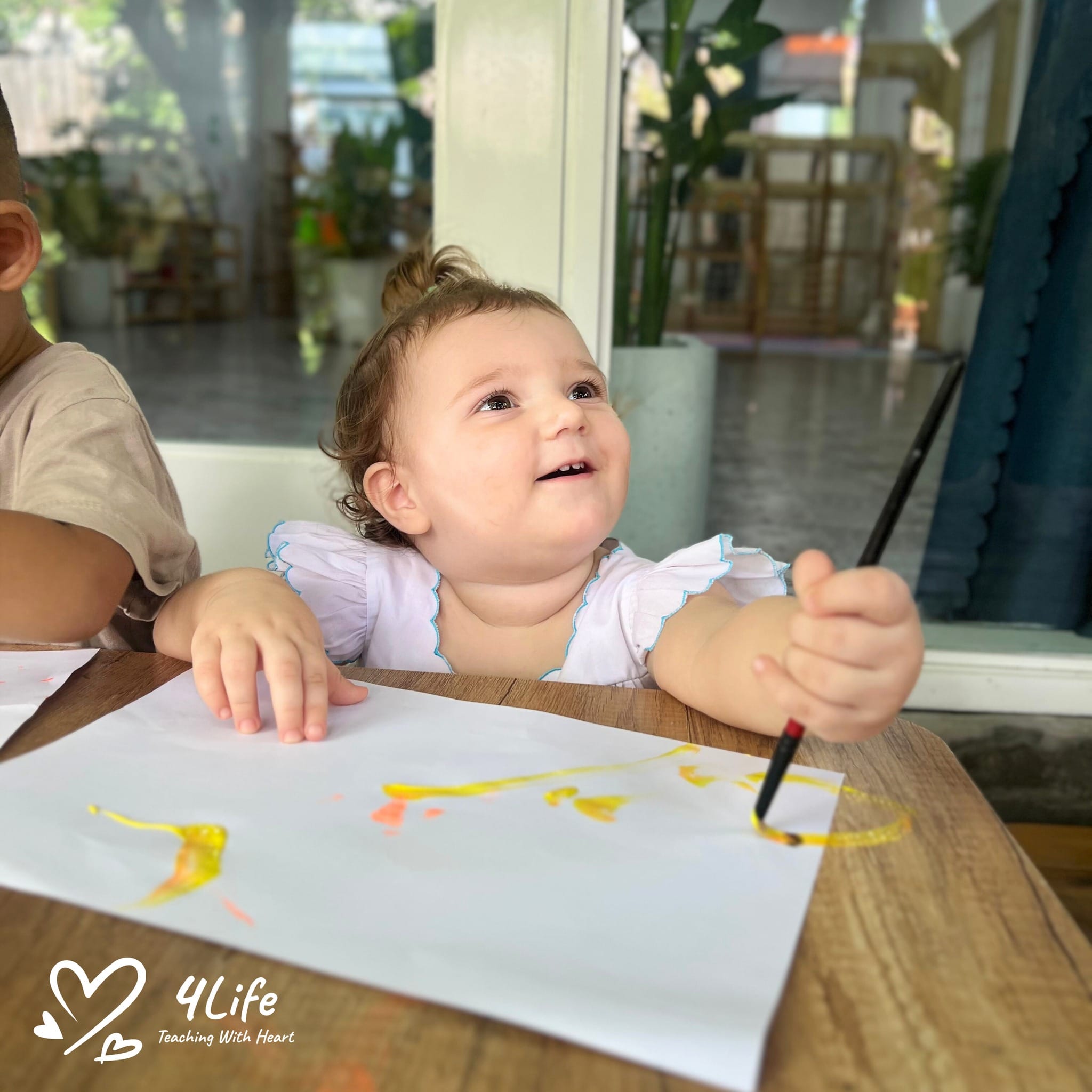
Explore through storytelling
Children are drawn to stories, especially when they involve other children. Look for folk tales, legends, or books about daily life in the culture you’re exploring. Ask:
– What did the child in the story eat for breakfast?
– What games did they play?
– What was their school like?
These comparisons help children recognize differences and similarities, building empathy and global thinking.
Celebrate international holidays
Choose one or two holidays from the culture you’re studying and celebrate them together. You don’t have to copy every detail—instead, focus on what makes the holiday meaningful. Share a special meal, decorate, light a candle, or sing a song. Talk about why this celebration matters to the people who observe it.
Some fun and easy examples include:
– Chinese New Year (lanterns, dumplings, dragon dance)
– Diwali (lights, sweets, rangoli art)
– Hanukkah (candles, storytelling, songs)
– Brazilian Carnival (music, costumes, dancing)
Make it joyful. Let your child participate in decorating and preparing the celebration.
Go deeper with art and crafts
Arts and crafts are wonderful entry points into cultural exploration. Try:
– Aboriginal dot painting from Australia
– Kente cloth paper weaving from Ghana
– Origami from Japan
– Rangoli chalk drawings from India
– Mexican papel picado banners
As children create, share the story or purpose behind the tradition. Encourage creativity while honoring the meaning of the artwork.
Extend the learning beyond your home
You can further support cultural awareness by connecting with your community:
– Visit cultural festivals or museums
– Attend performances or exhibitions
– Invite a guest speaker or storyteller
– Participate in multicultural school events
Even a short outing can leave a lasting impression.
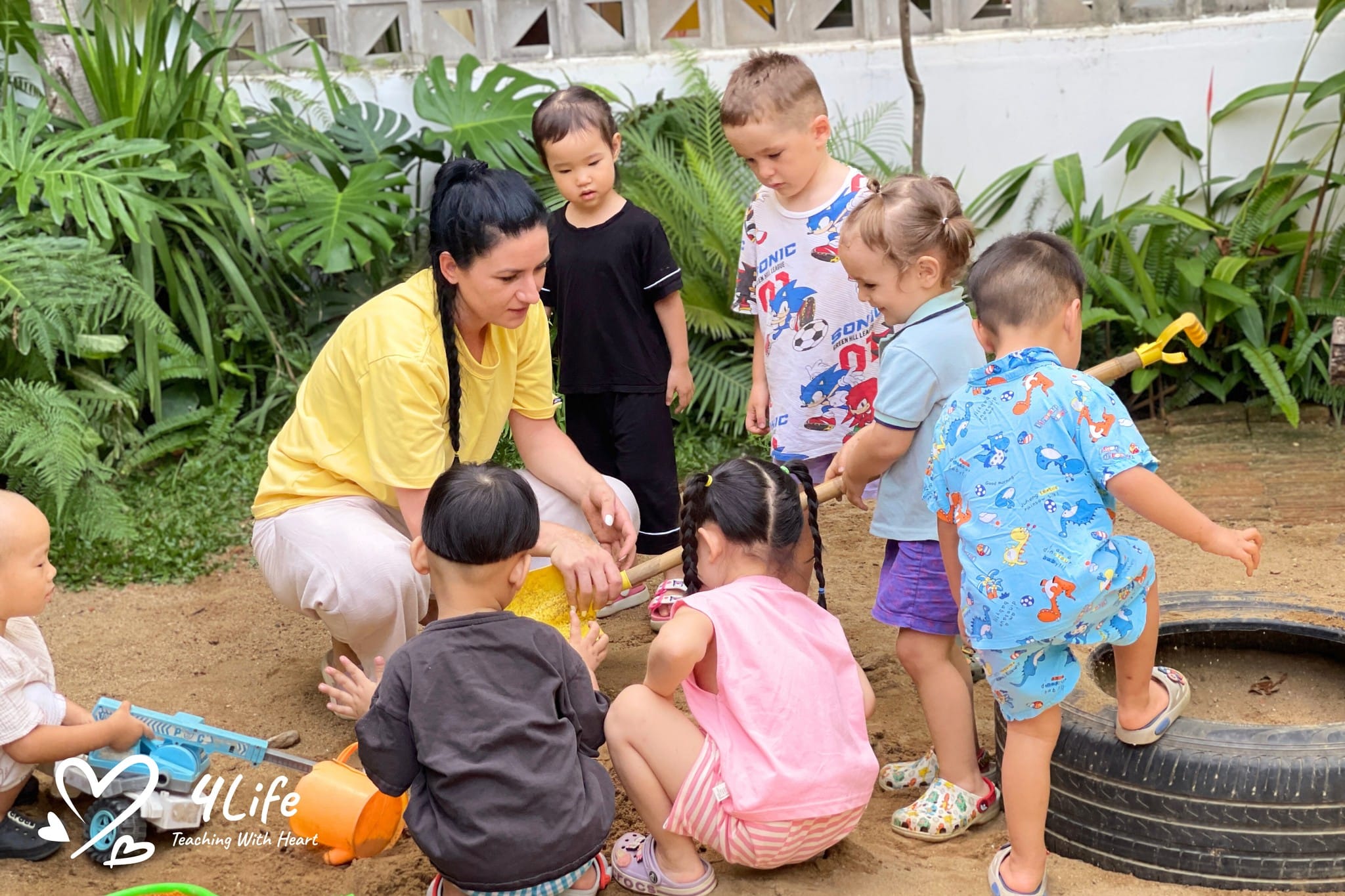
Extend the learning beyond your home
Making cultures come alive is more than a learning activity, it’s an invitation to see the world with open eyes and an open heart. When children experience traditions, stories, and daily life from around the globe, they grow into compassionate, curious, and confident world citizens. Whether you start with a song, a meal, or a story, each step brings your child closer to understanding and embracing our global family. Keep exploring, keep celebrating, and keep making cultures come alive.

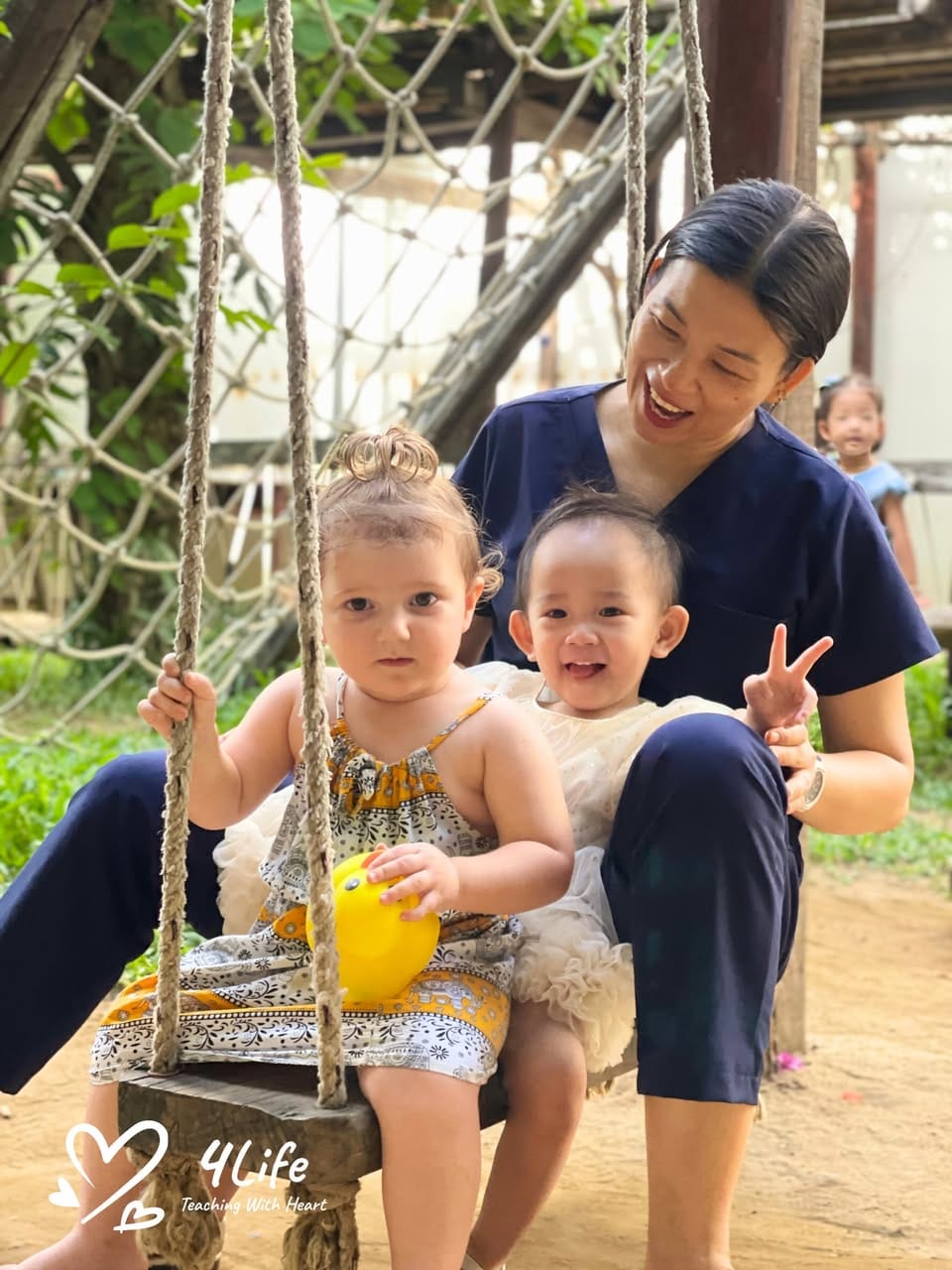
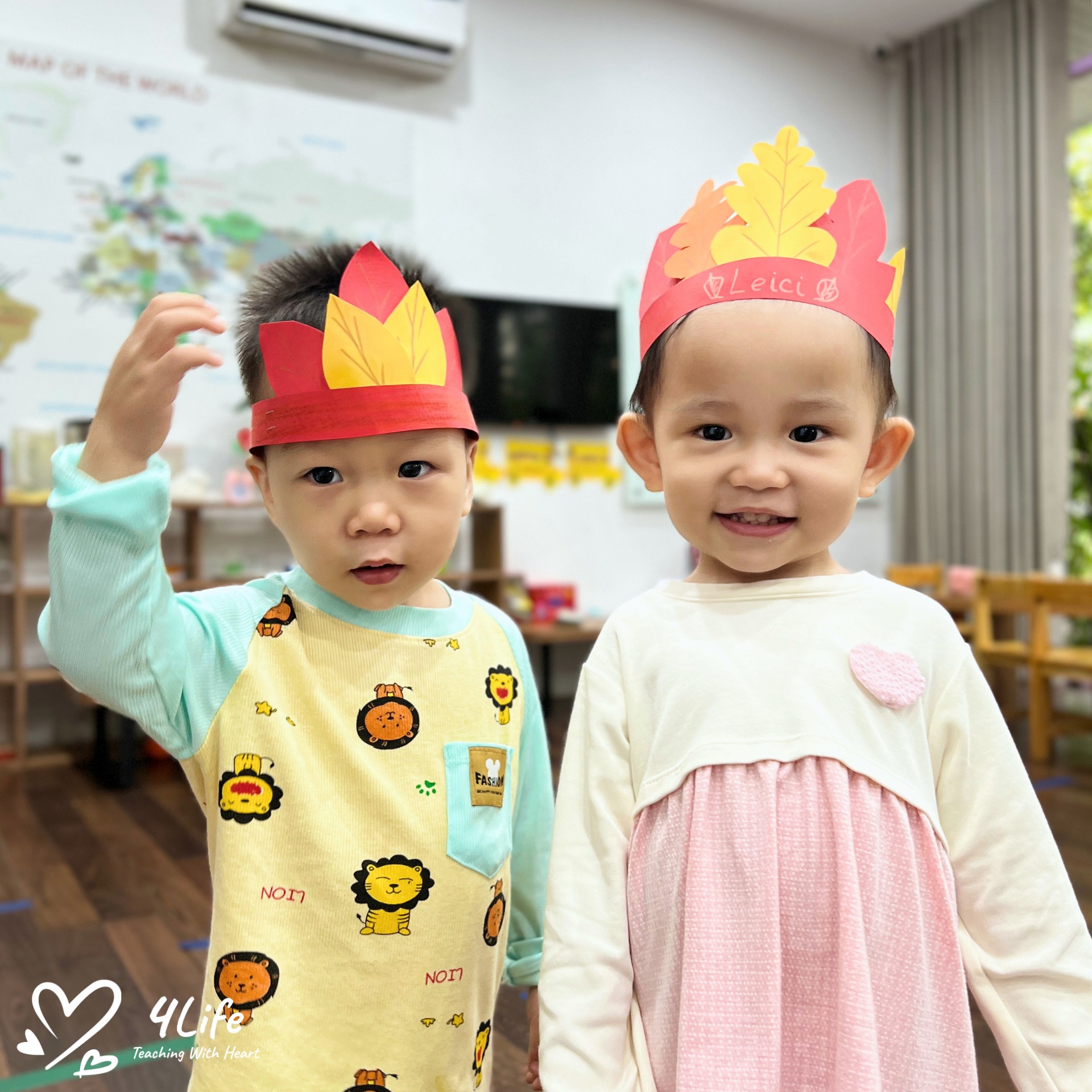
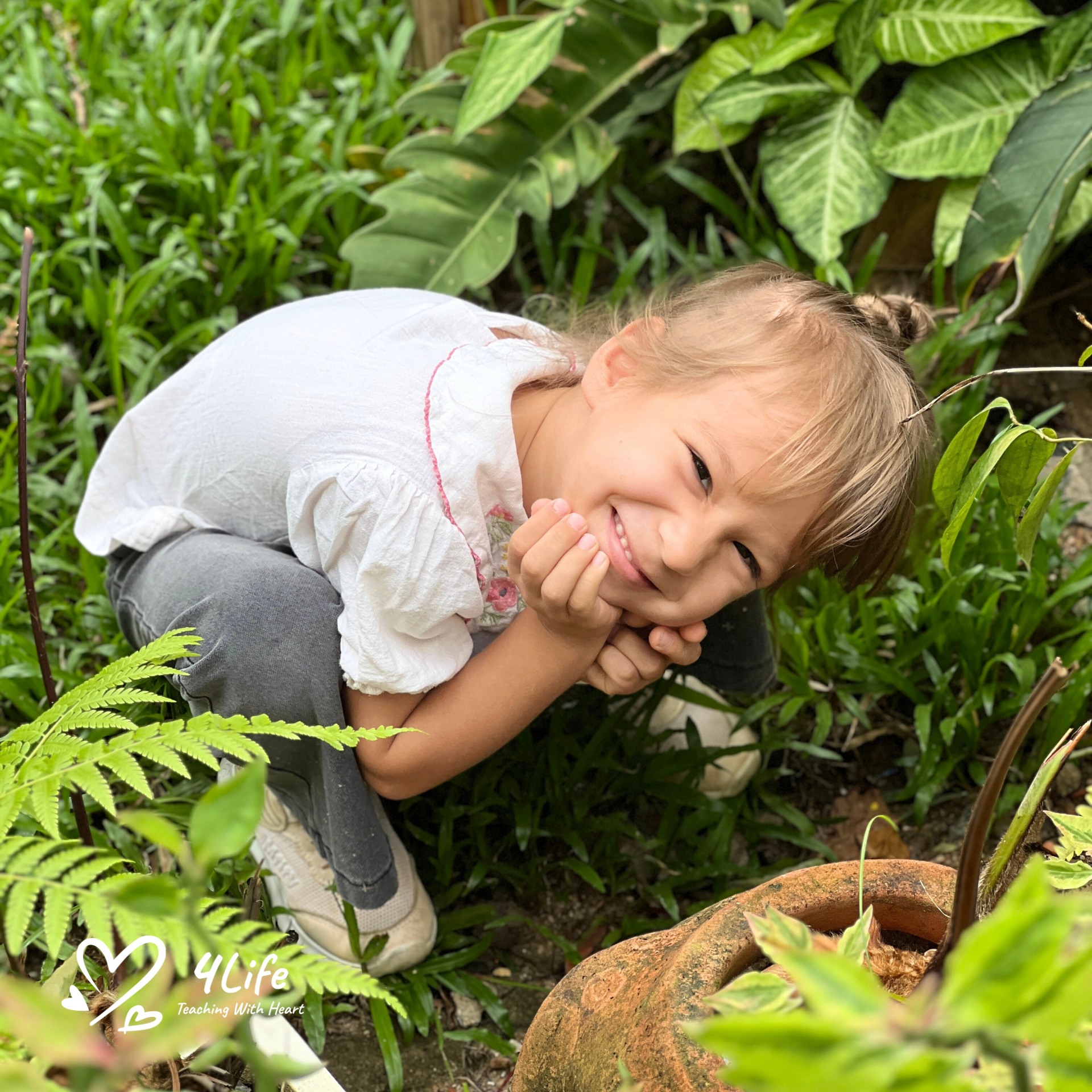
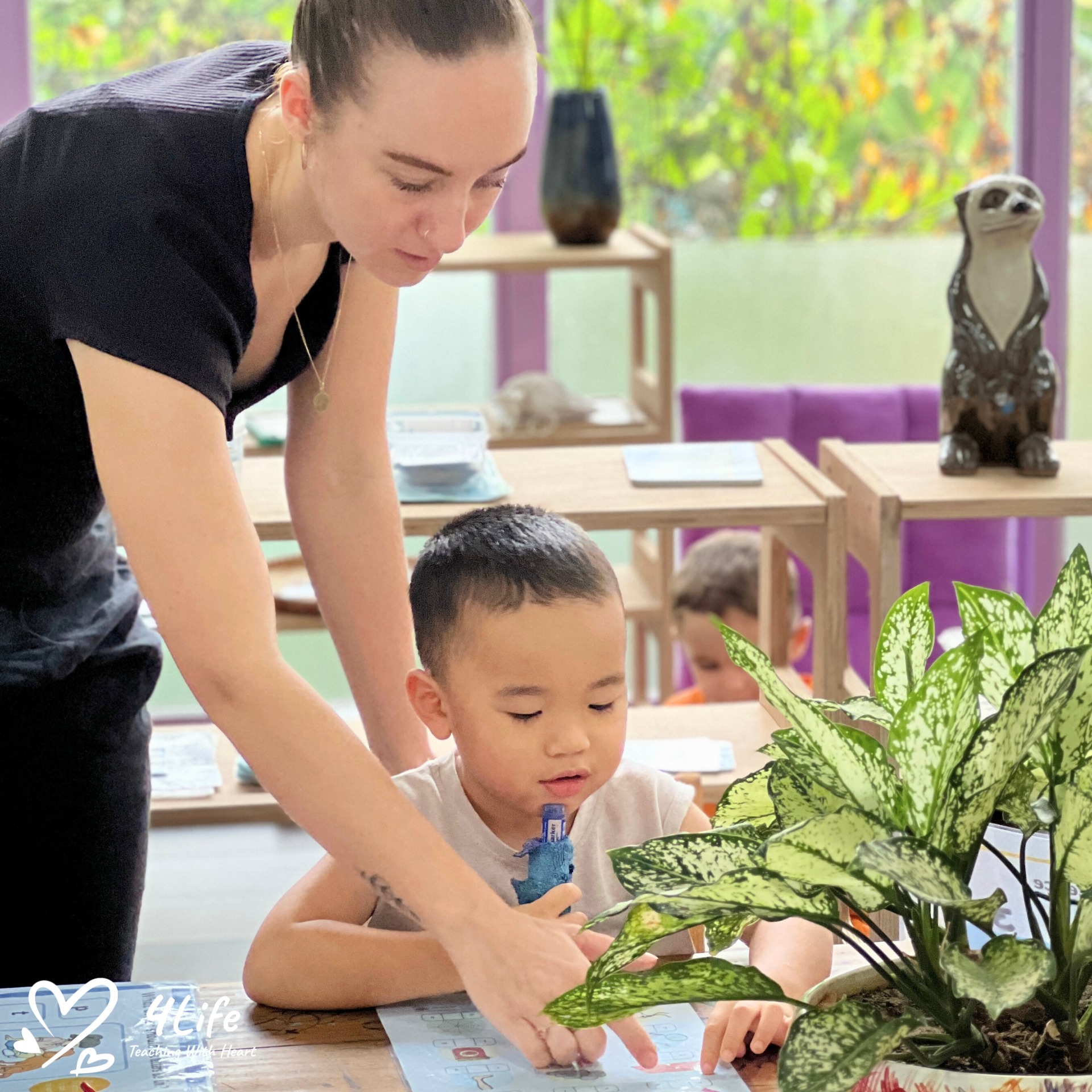
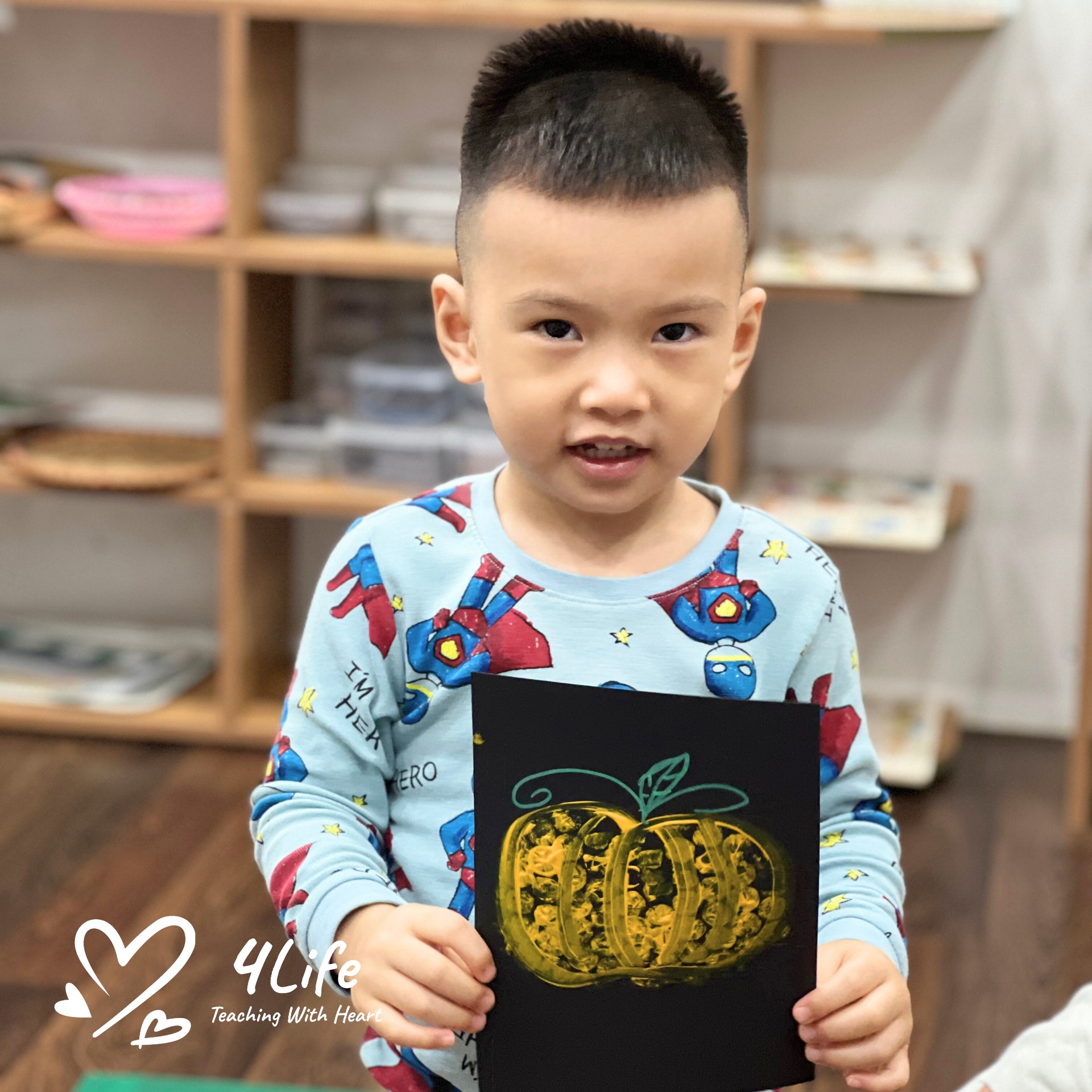
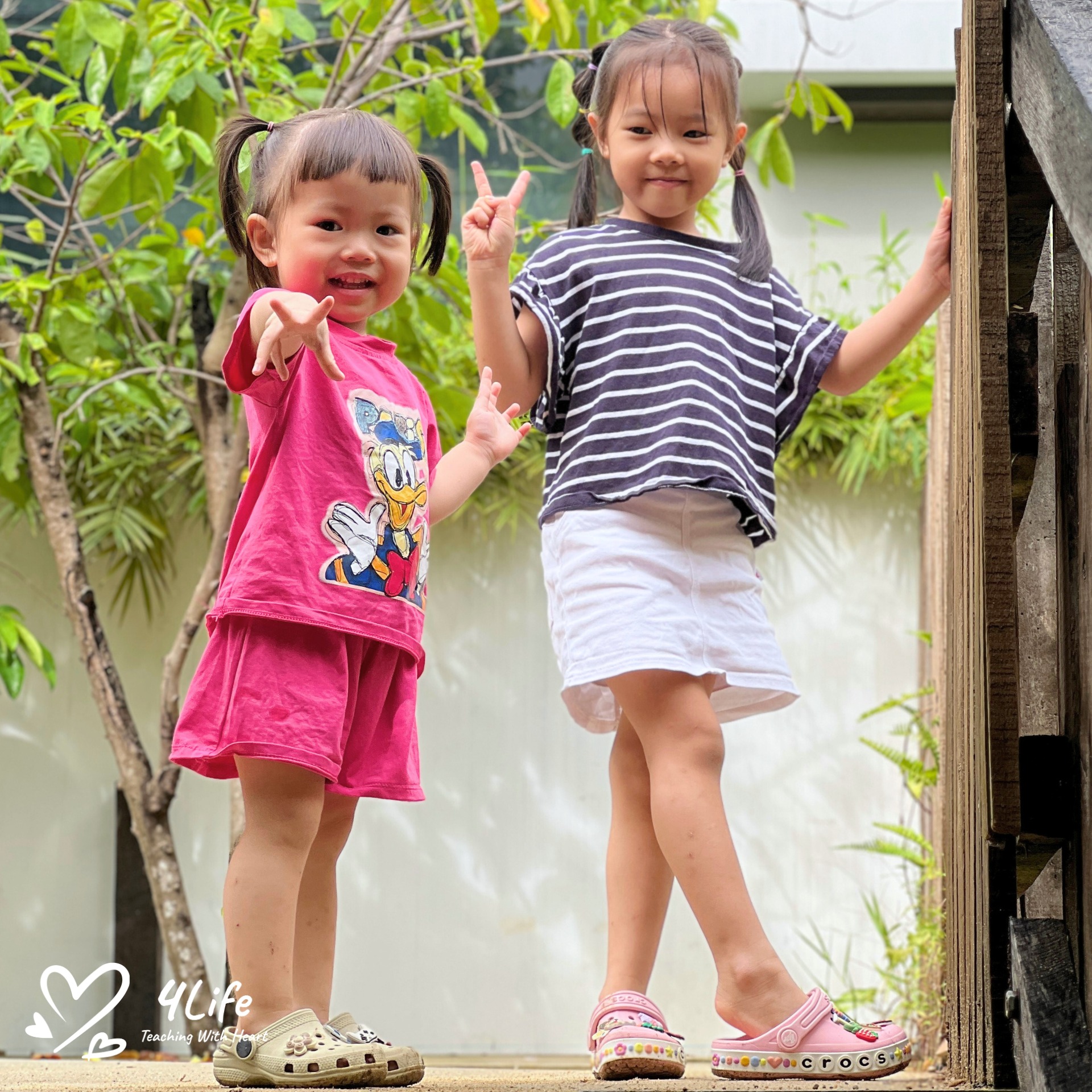
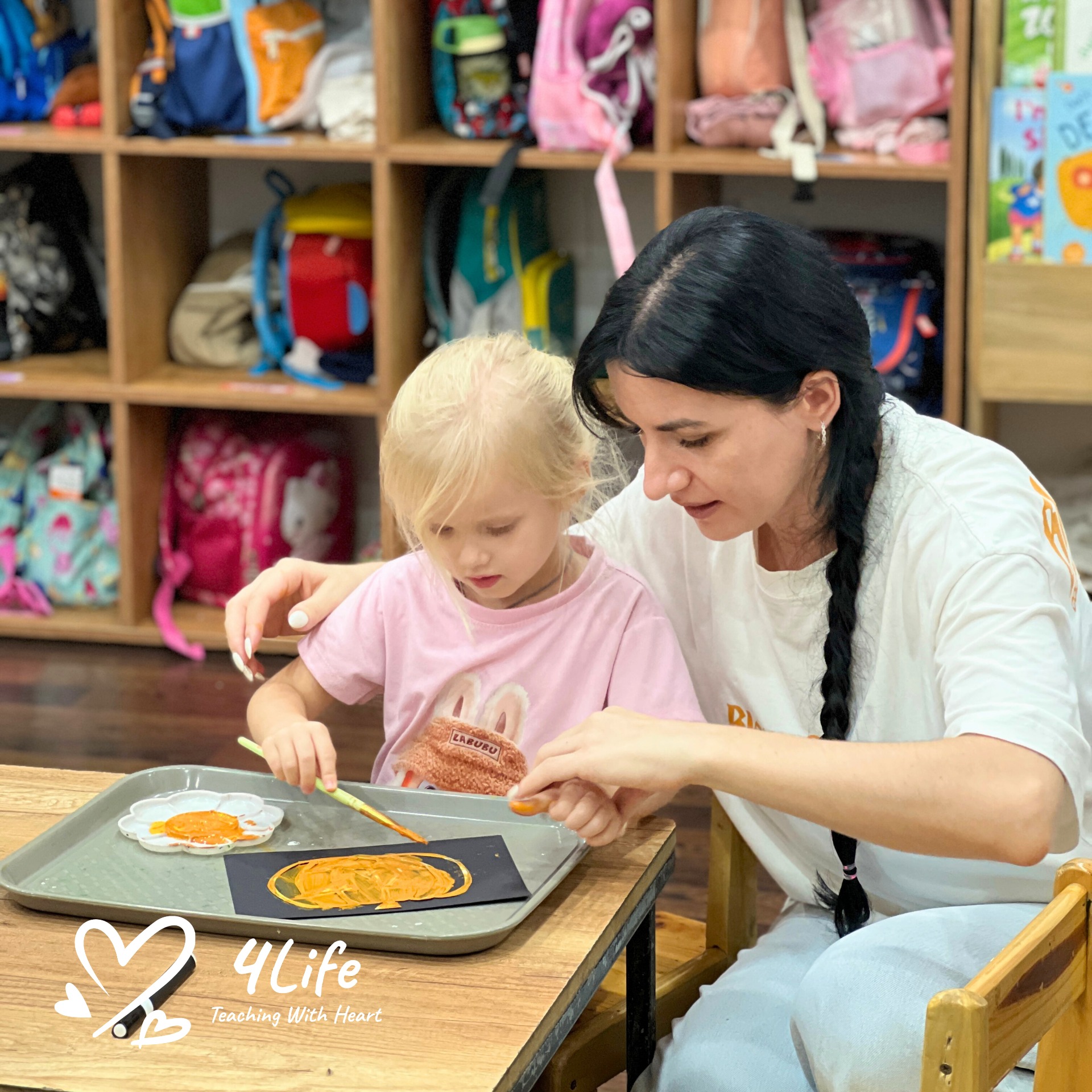
0 Comments